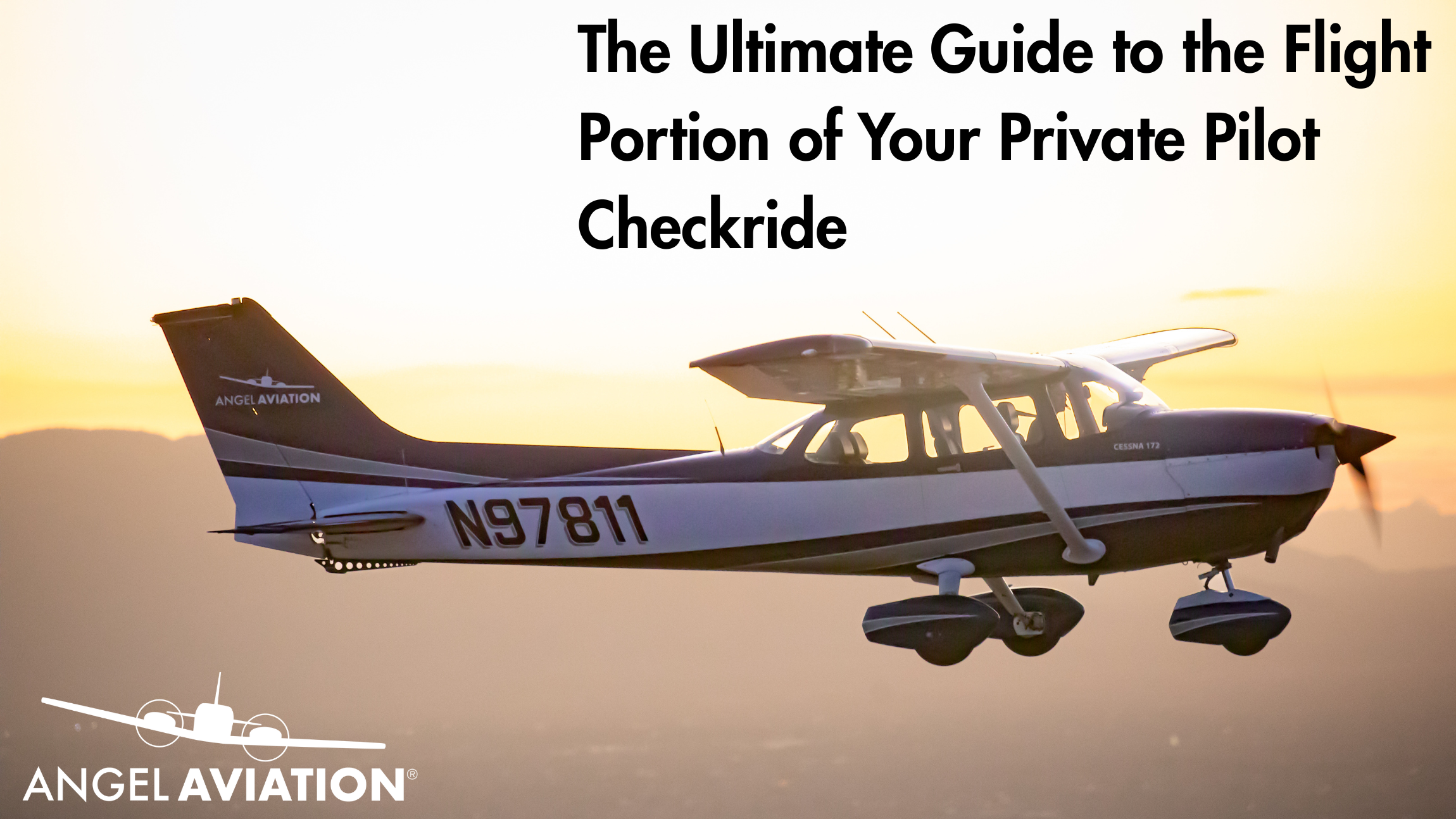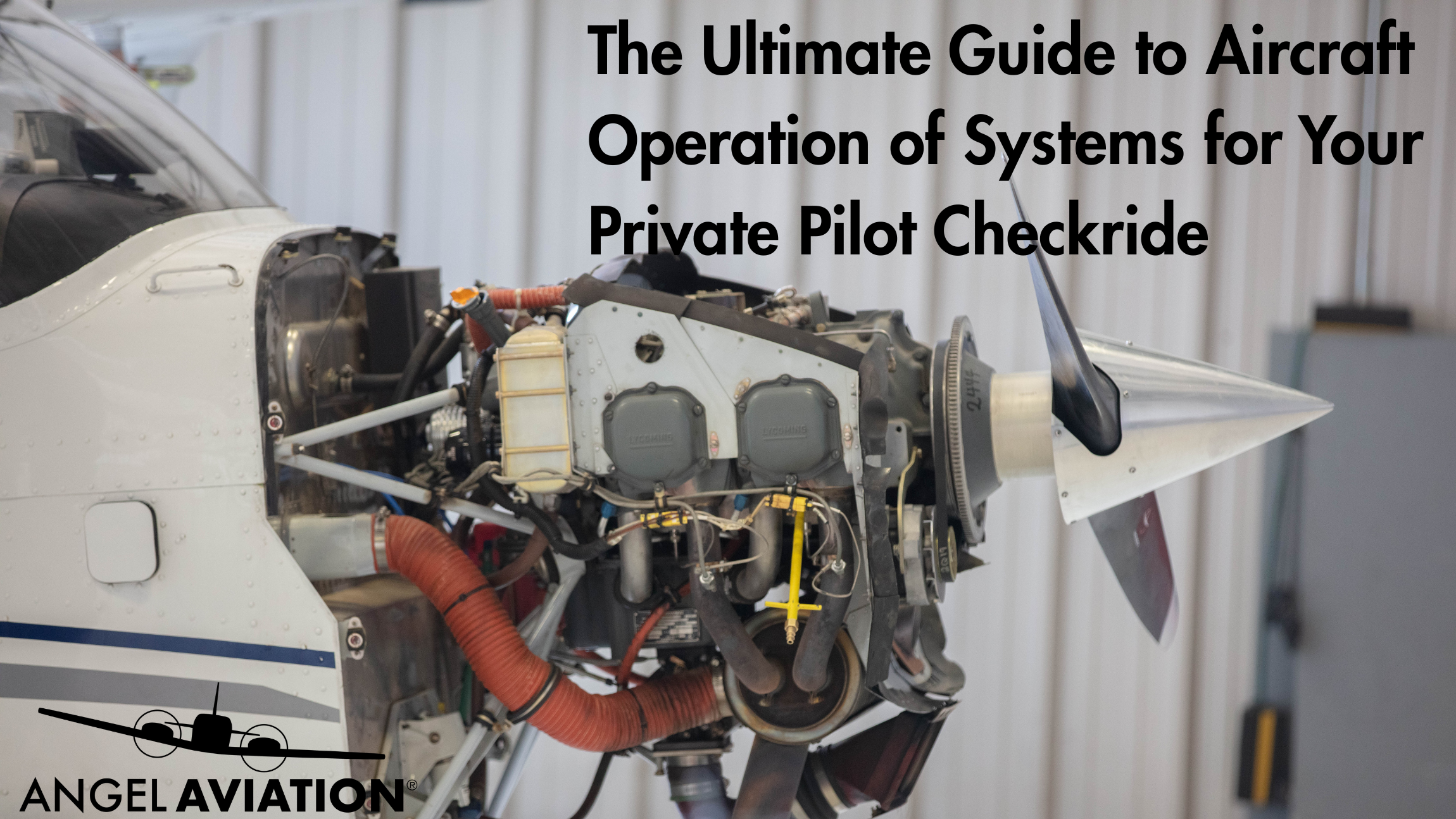What is Class B Airspace? A Guide for Student Pilots
If you’ve ever flown near a major airport, you’ve likely been in or around Class B airspace. But what does that mean for pilots? At Angel Aviation, we’re here to break it down in simple terms.
Defining Class B Airspace
Class B airspace surrounds the busiest airports in the U.S., like Los Angeles (LAX), Atlanta (ATL), and Chicago (ORD). It extends from the surface up to approximately 10,000 feet MSL and is structured in an upside-down wedding cake shape to accommodate arriving and departing aircraft.
Who Uses Class B Airspace?
Class B is a high-traffic area used primarily by commercial airlines, corporate jets, and high-performance aircraft. General aviation pilots can fly in Class B, but strict requirements must be met.
Key Requirements for Flying in Class B Airspace
- ATC Clearance Required: Pilots must receive explicit permission from Air Traffic Control before entering.
- Two-Way Radio Communication: A working radio is necessary for communication with ATC.
- Mode C Transponder: Aircraft must be equipped with a transponder that provides altitude information.
- Private Pilot or Student Endorsement: Student pilots need special training and a logbook endorsement to operate in Class B.
Why Does Class B Airspace Exist?
Class B airspace is designed to protect busy airports from congestion and ensure efficient operations. Without structured control, high-traffic zones would become chaotic and unsafe.
Can Student Pilots Fly in Class B Airspace?
Yes, but with restrictions. Student pilots need a specific endorsement from a flight instructor and must be well-versed in communicating with ATC. Flight training in controlled airspace like Class B helps build confidence and proficiency.
Final Thoughts
Class B airspace may seem intimidating, but with the right training, it becomes second nature. At Angel Aviation, we help pilots navigate controlled airspace with confidence. If you’re ready to take the next step in your flight training, contact us today!






Leave A Comment